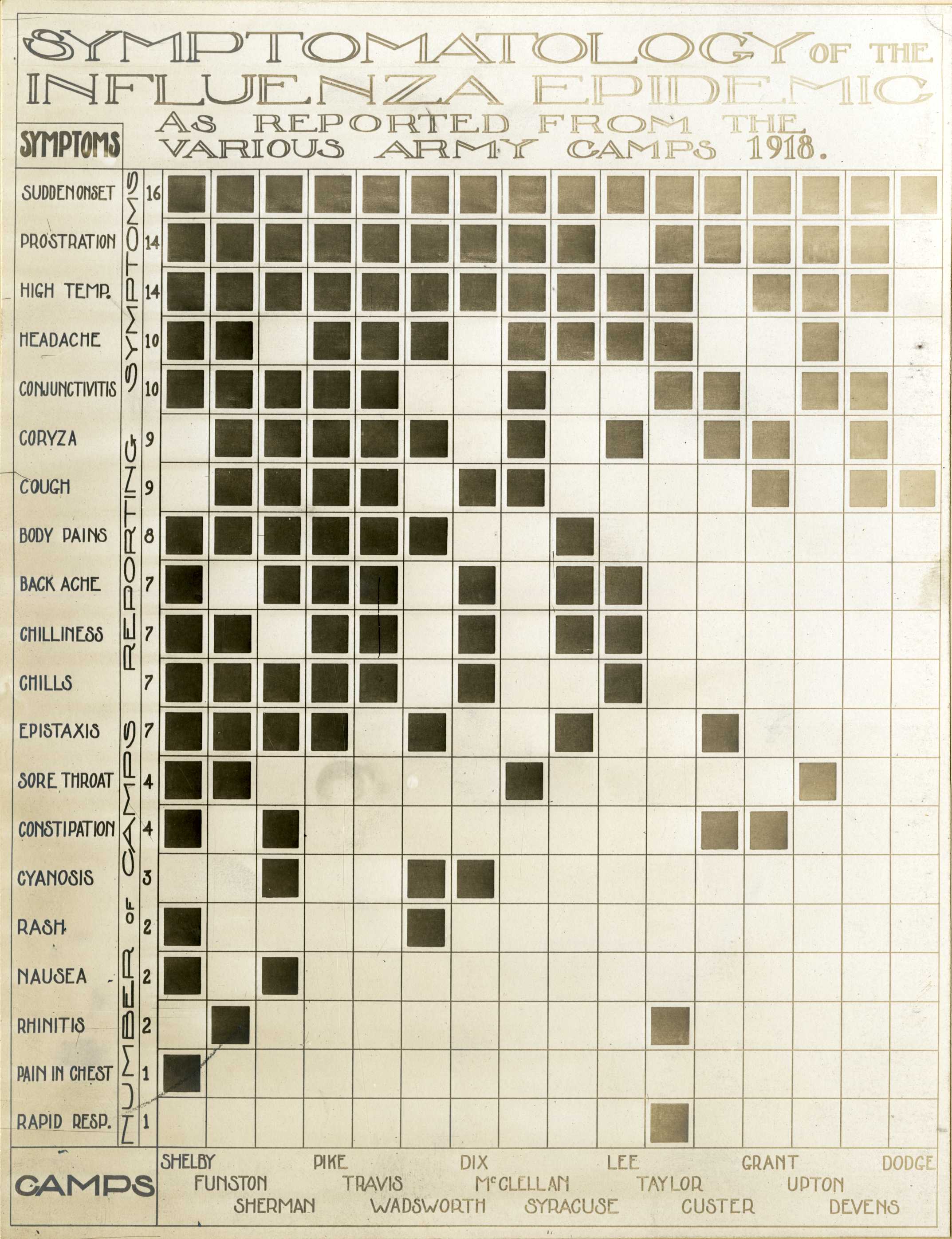
Photo from academic.microsoft.com
As randomization methods use more information in more complex ways to assign patients to treatments, analysis of the resulting data becomes challenging. The treatment assignment vector and outcome vector become… Click to show full abstract
As randomization methods use more information in more complex ways to assign patients to treatments, analysis of the resulting data becomes challenging. The treatment assignment vector and outcome vector become correlated whenever randomization probabilities depend on data correlated with outcomes. One straightforward analysis method is a re-randomization test that fixes outcome data and creates a reference distribution for the test statistic by repeatedly re-randomizing according to the same randomization method used in the trial. This article reviews re-randomization tests, especially in nonstandard settings like covariate-adaptive and response-adaptive randomization. We show that re-randomization tests provide valid inference in a wide range of settings. Nonetheless, there are simple examples demonstrating limitations.
Journal Title: Statistics in medicine
Year Published: 2019
Link to full text (if available)
Share on Social Media: Sign Up to like & get
recommendations!